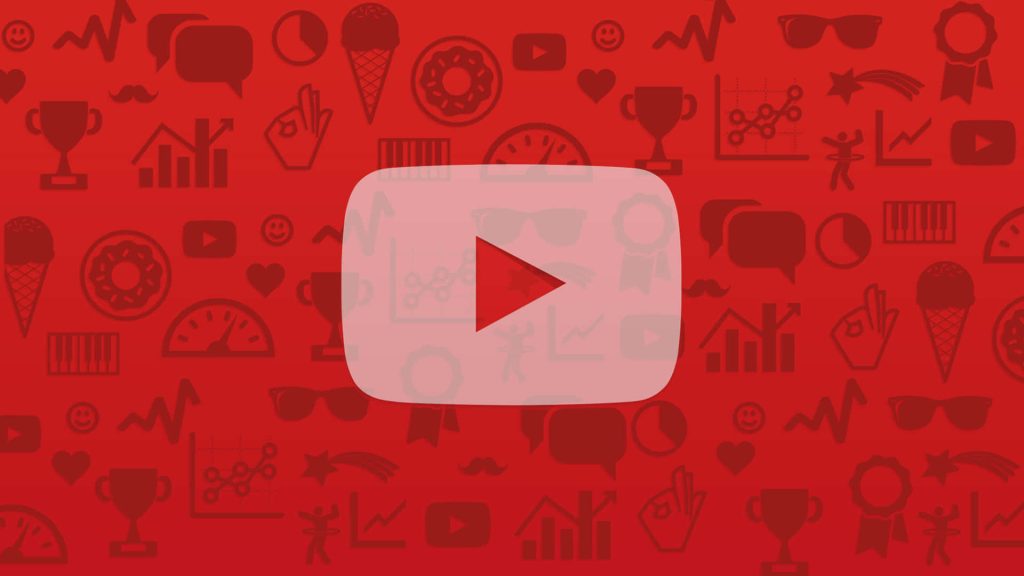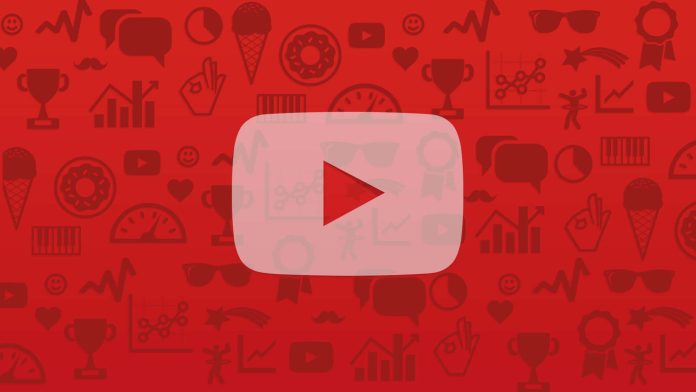When deciding between YouTube and a website as a platform to make money, there are several factors to consider. Both platforms can be profitable, but they have different revenue generation models, and the amount of money you can make depends on how you use them.
Monetizing YouTube
YouTube is one of the most popular platforms for content creators, and it offers several ways to monetize your videos. Here’s how you can make money on YouTube:
- Ad Revenue (YouTube Partner Program)
- How it works: YouTube places ads on your videos, and you earn money based on views and clicks. To qualify, you need 1,000 subscribers and 4,000 watch hours over the last 12 months.
- Pros: Passive income, easy to get started once you meet the requirements.
- Cons: Earnings depend on video views, audience demographics, and ad types. It can be difficult to rely solely on ad revenue, especially if you’re just starting.

2. Channel Memberships (Super Chat, Super Stickers)
- How it works: Viewers can pay to become channel members or buy Super Chats during live streams to get special perks.
- Pros: Additional income from loyal viewers.
- Cons: Requires a strong and engaged audience. Super Chats are often more effective during live streams.
3. Affiliate Marketing
- How it works: You promote products and include affiliate links in your video descriptions. You earn a commission on any sales made through your links.
- Pros: You can promote products related to your content and earn commissions.
- Cons: Relies on your audience clicking and purchasing through your affiliate links.
4. Sponsorships and Brand Deals
- How it works: Companies pay you to feature their products or services in your videos.
- Pros: Potential for high earnings, especially if you have a large or niche audience.
- Cons: Requires a solid subscriber base and engagement. You might need to negotiate terms and deliver on the brand’s expectations.
5. Merchandise Sales
- How it works: You can sell branded merchandise through platforms like Teespring or Spreadshop and promote it through your videos.
- Pros: Diversifies income streams, especially for content creators with a dedicated fan base.
- Cons: Profit margins can be low depending on the cost of production and shipping.
Monetizing a Website
A website offers a wider range of monetization options, but it also requires more upfront effort in terms of building traffic and managing content. Here are the primary ways you can make money with a website:

- Display Ads (Google AdSense)
- How it works: Like YouTube, you can place ads on your website and earn money based on impressions and clicks.
- Pros: Passive income once set up, works well with high traffic.
- Cons: Requires significant website traffic to generate meaningful revenue. Advertisers may pay more based on the niche of your site.
- Affiliate Marketing
- How it works: You can include affiliate links within your website’s content (e.g., blog posts, product reviews), earning commissions from any sales made through your links.
- Pros: If you have a blog or niche site, affiliate marketing can generate significant income.
- Cons: Relies heavily on your content quality and traffic. It may take time to build trust and get clicks.
Selling Products or Services (eCommerce)- How it works: You can sell physical or digital products directly from your website using platforms like Shopify, WooCommerce, or Etsy.
- Pros: High profit potential, especially with digital products (e-books, courses, software).
- Cons: Requires time to set up and manage the store, as well as marketing efforts to drive sales.
- Sponsored Posts and Brand Partnerships
- How it works: Companies pay to have content featured on your website (like sponsored blog posts or product reviews).
- Pros: Potential for high earnings if your website has strong traffic and a niche audience.
- Cons: Requires ongoing content creation and audience engagement to attract sponsors.
- Memberships or Subscriptions
- How it works: You can create a members-only section on your site and offer exclusive content for a subscription fee.
- Pros: Generates recurring income from loyal users.
- Cons: Requires a dedicated audience willing to pay for exclusive content.
- Selling Ad Space Directly
- How it works: Once your website has significant traffic, you can sell ad space directly to companies instead of using networks like AdSense.
- Pros: Higher revenue potential, as you set the rates for ads.
- Cons: Requires good traffic and relationships with advertisers.
Which Platform Can Make You More Money?
It depends on a few key factors:
- Audience and Traffic
- YouTube: If you already have a large audience or if you’re good at creating viral videos, YouTube can generate significant ad revenue. YouTube’s algorithm can help grow your audience organically.
- Website: Building a website’s audience takes time and requires solid SEO, consistent content creation, and digital marketing efforts. If you have a niche blog with high traffic, your revenue potential can be substantial, especially if you’re selling products or services.
- Monetization Options
- YouTube: More limited to ad revenue, sponsorships, affiliate marketing, and merchandise. If you have a large enough following and are skilled at creating engaging content, YouTube can be a good platform for high earnings.
- Website: Offers more diverse ways to make money—ads, affiliate marketing, eCommerce, selling products/services, and sponsored content. Websites provide a broader range of income streams, but they require more work upfront.
- Effort and Consistency
- YouTube: Requires consistent video creation, engaging with your audience, and optimizing content for views. It can be more time-consuming in terms of content production.
- Website: Requires consistent blog posts, SEO optimization, and audience building, but it may be less time-consuming than creating video content. It also requires additional work for technical aspects like setting up eCommerce or managing ad sales.
- Long-Term vs. Short-Term
- YouTube: Can provide quicker initial income if you can create viral or popular content that gains views fast. However, once monetized, it may be more difficult to predict stable long-term income, especially with changes in YouTube’s policies or algorithms.
- Website: Building sustainable income can take longer, especially if you’re using affiliate marketing or trying to establish a successful online store. However, it can offer more stability and flexibility in the long run.
Conclusion
- YouTube might generate quicker money for those who can create viral videos and build an audience quickly, especially if you can leverage ad revenue, sponsorships, and affiliate marketing.
- A website offers more long-term potential, especially if you’re willing to invest time in building a niche audience, SEO, and diversifying income streams like selling products, affiliate marketing, and sponsored content.
If you’re aiming for faster growth and income, YouTube may be the better option. However, if you’re looking for more sustainable and diverse revenue streams over time, a website might be the more profitable platform. Ideally, you could use both—creating content on YouTube to drive traffic to your website and vice versa.


